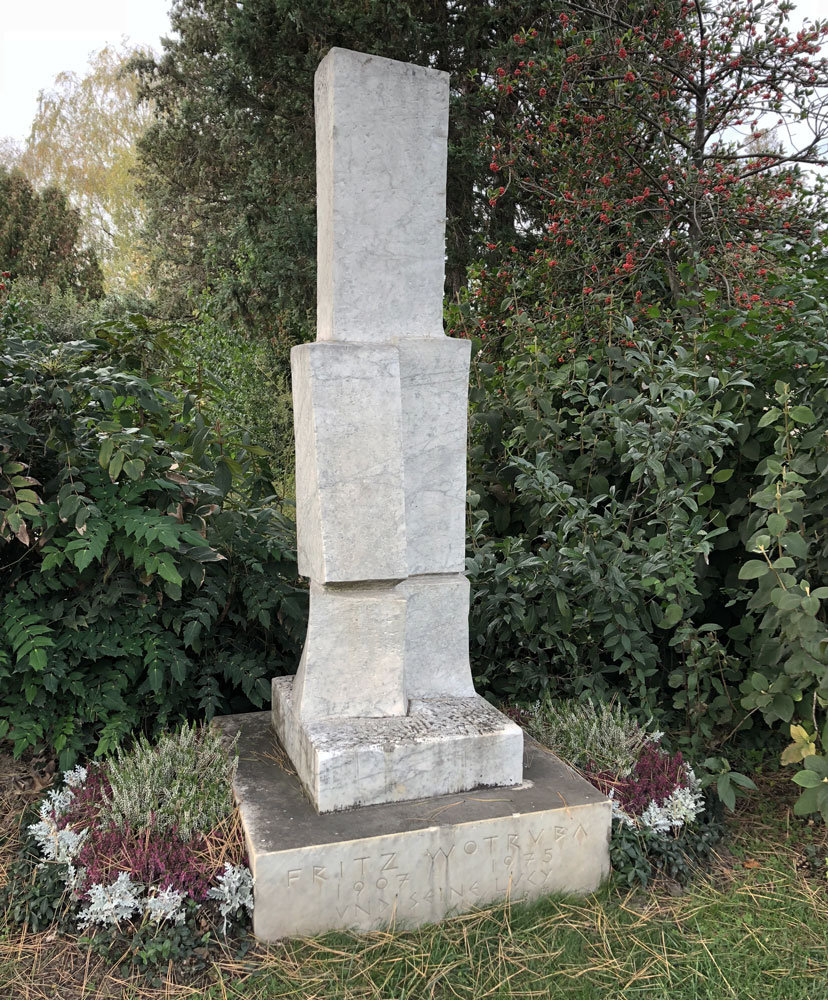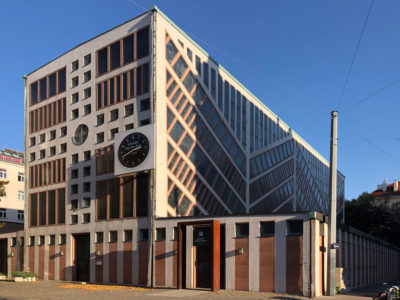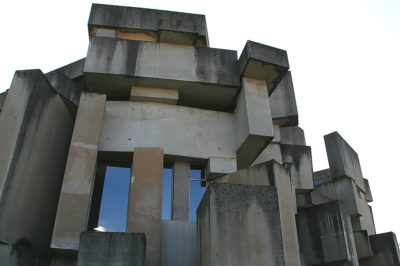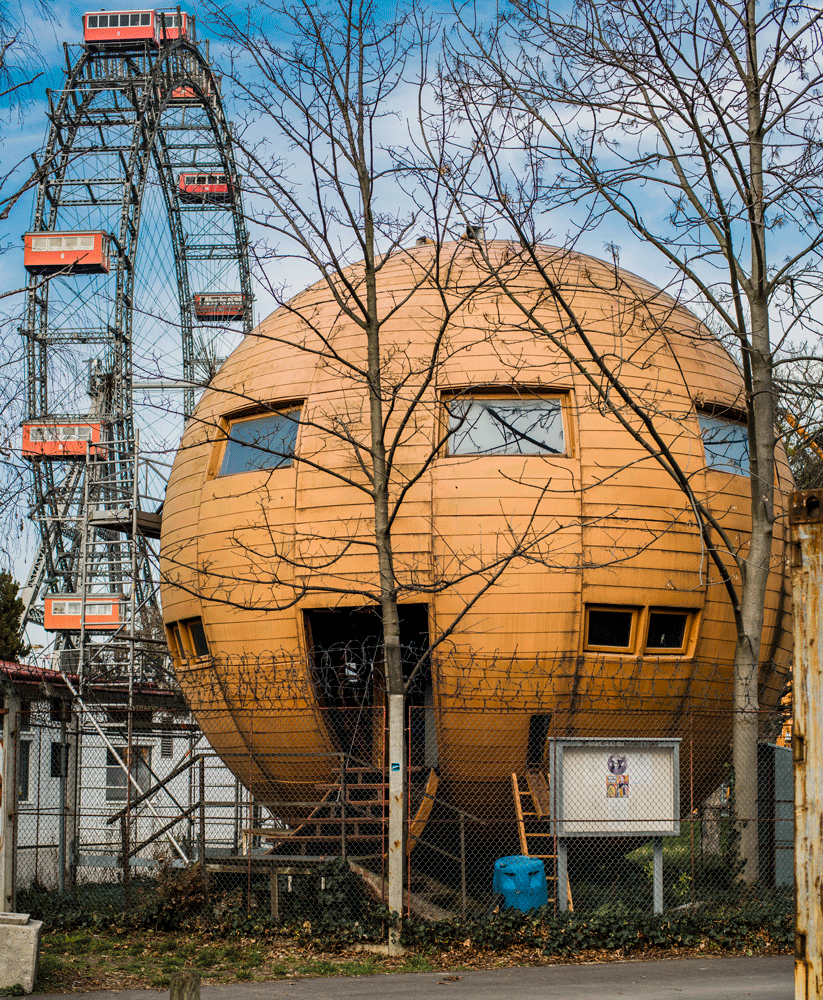
Fritz Wotruba
Fritz Wotruba, a sculptor of world renown.
His life was entirely informed by Vienna’s rich cultural and artistic life. He was born in Vienna on the 23 April 1907 into a working-class family in what was then the Austrian Empire, Wotruba’s life mapped the European history of the 20th Century.
The child of Adolf Wotruba and Maria Kocsi, his father a tailor’s assistant and his mother a maid. His family life as a child was complex and informed by violent acts perpetrated by his siblings and father, whilst not towards him, it informed his home life.
He is best known as a sculptor with a fascination for geometric abstraction, his close friend writer Elias Canetti believed that his family life informed his designs.
It was clear from early on that Wotruba was artistic and creative. He became an apprentice for Josef Schantin in Vienna, learning to engrave and the art of die cutting. Wotruba’s precarious family situation meant that he could only enrol at the Arts and Trades School of the Austrian Museum of Art and Industry’s evening classes where he studied drawing later expanding this by attending The Arts and Trades School to study sculpture. This exposed him to a wider group and gave him a forum to show his potential, he was briefly a pupil of Anton Hanak, however, according to the New Gallery Graz, Joanneumsviertel, Wotruba was in reality ‘actually self-taught, (he) concentrated his work on the human figure, in whose design he saw his real task’
He was awarded a small scholarship by the Vienna Society of Modern Art and the Austrian Chamber of Labour, the Kammer für Arbeiter und Angestellte, commonly known as the AK. Anna Mahler, the daughter of Composer Gustav Mahler, was instrumental in ensuring Fritz Wotruba received the scholarship. She was both his student and for a time in a romantic relationship with him, to imagine the cultural divide he had crossed is a testament to his extraordinary talent and gift. She was hugely talented and went on to win the Grand Prix in Paris in 1937. Wotruba’s career had taken off but he did not leave behind, New Gallery Graz mentions that by the 1930s Wotruba was already sufficiently successful that he was presenting his work internationally.
By 1933 Fritz Wotruba had his own studio whilst continuing to live with his mother and sister he had become a respected teacher and artist, teaching luminaries such as Joannis Avramidis, Alfred Hrdlicka and Roland Goeschl. In that year, so tumoltuous in regional politics he was introduced to the writer Elias Canetti by Anna Mahler in her sculpture studio, it was the beginning of a lifelong friendship which endured Canetti fleeing as racist policies engulfed Austria in 1938 and continued post-war. Wotruba, ideologically anti-nazi, left Austria at the time of the Anschluss to live in Switzerland.
He returned to Vienna in 1945 and was appointed Head of the sculpture class at the Academy of Fine Arts in Vienna. In 1947 he was awarded the City of Vienna Prize in Visual Arts and in 1955 the Grand Austrian State Prize. His first retrospective in the city took place in 1963.
His work which is highly accessible to anyone visiting Vienna today includes statues in public parks and his last project completed a year after his death, designing the model for the venerated Wotruba Church, the Kirche Zur Heiligsten Dreifaltigkeit in Mauer, Vienna.
Fritz Wotruba died on the 28th August 1975 and is buried in the Wiener Zentralfriedhof the largest cemetery in Vienna (the name denotes size and status rather than location).
Today the Fritz Wotruba Private Foundation which documents and showcases his work is located in the Belvedere 21 gallery. The gallery is in a house, designed by Karl Schwanzer as an Austrian pavilion for the 1958 Brussels World’s Fair, Expo 58 Fritz Wotruba was commissioned to design a monumental relief carved in front of the pavilion.
Image Copyright of Duncan Gibbs







